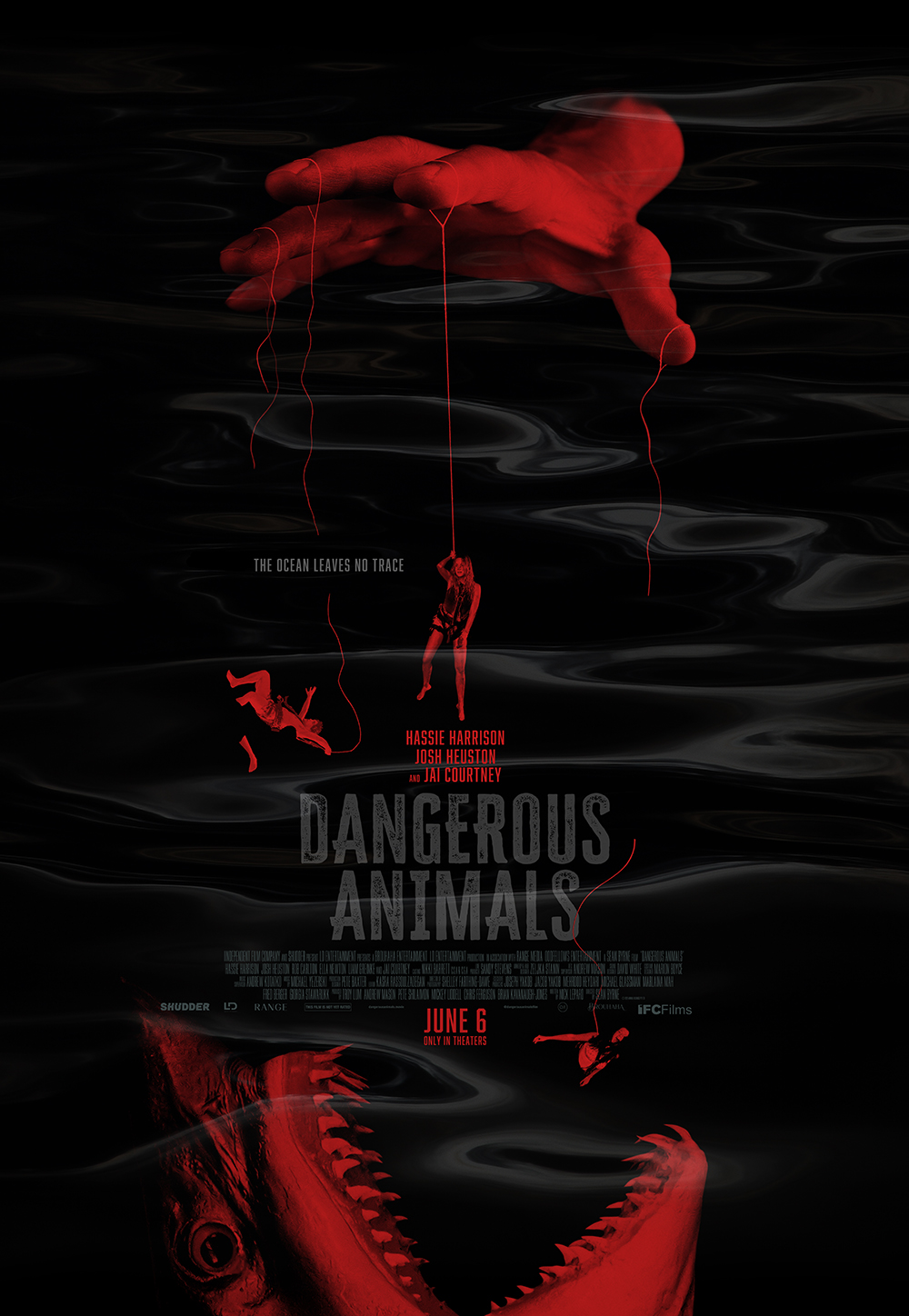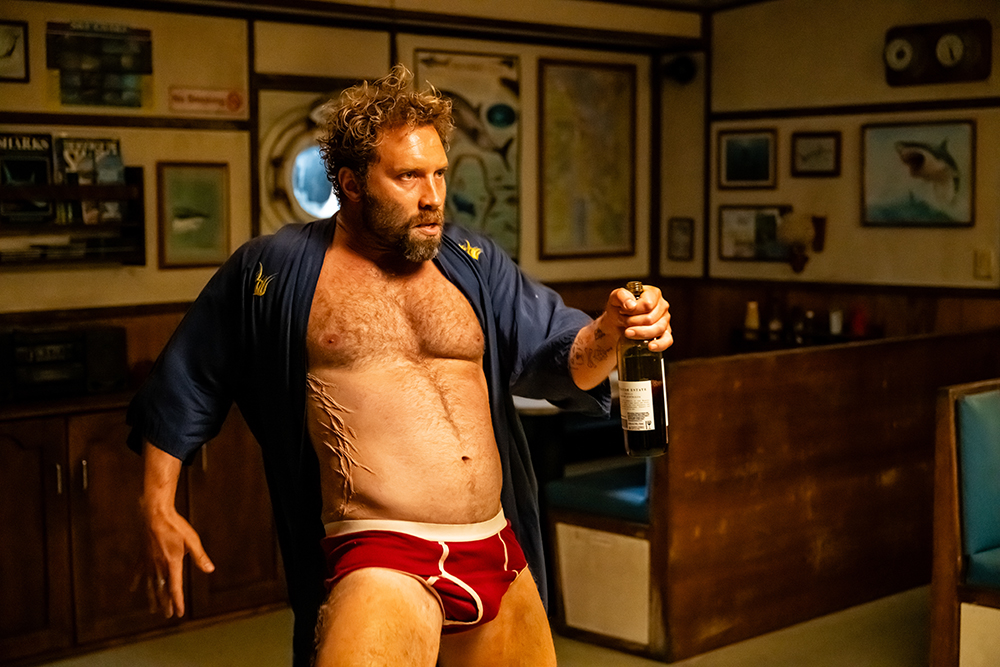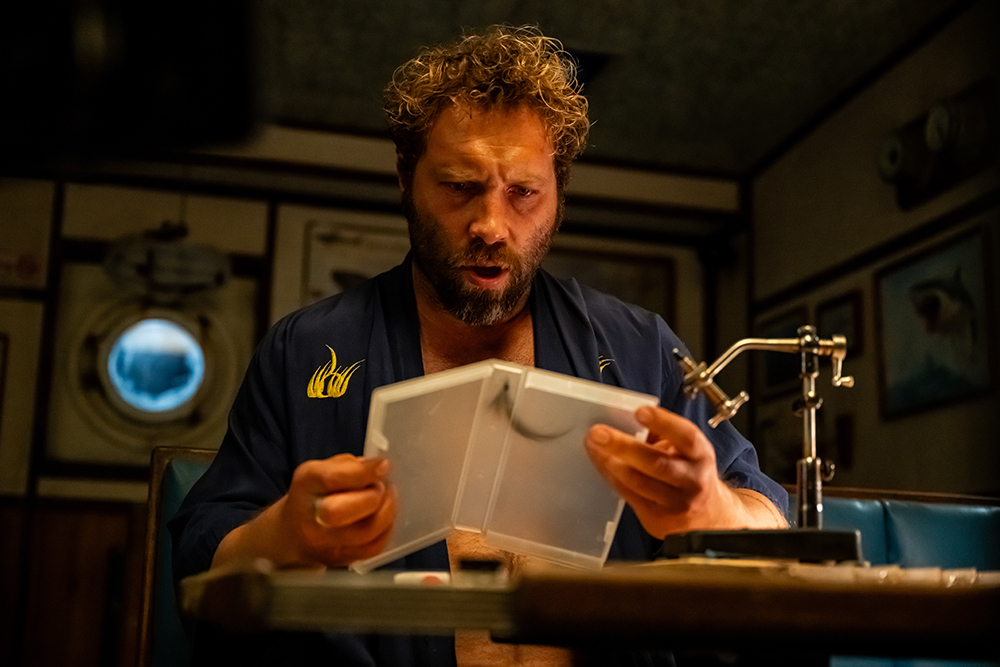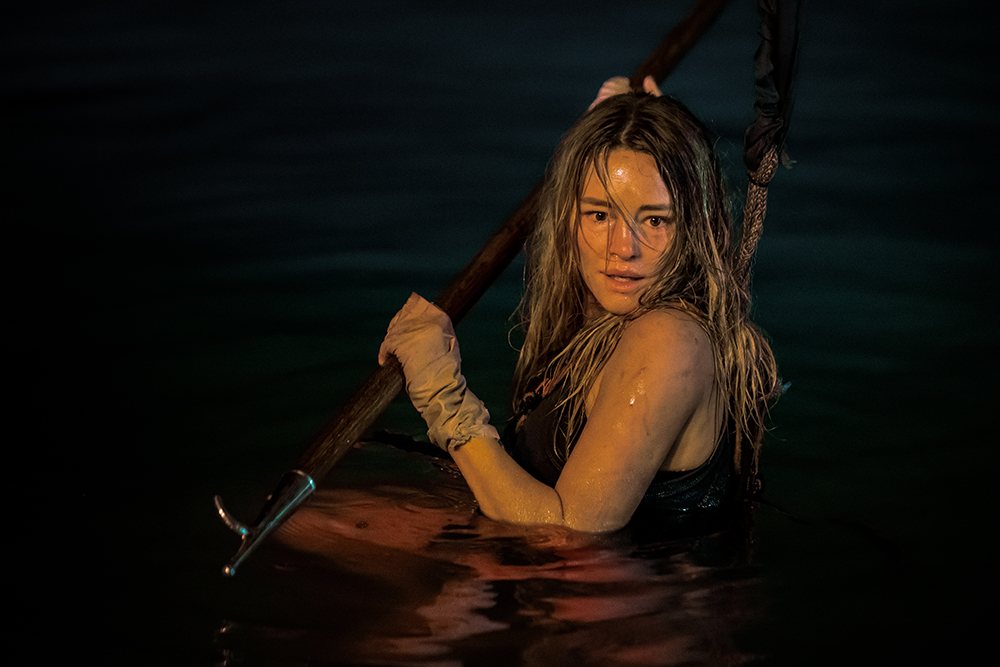Festivals - Cannes 2025 : Sean Byrne Redefines Shark Horror with Dangerous Animals
By Mulder, 08 may 2025

When it comes to shark movies, one might immediately think of Spielberg’s iconic Jaws, a cinematic masterpiece that turned the aquatic predator into the ultimate embodiment of fear. Yet, in 2025, Sean Byrne’s Dangerous Animals is prepared to challenge that narrative head-on at the prestigious Cannes Directors' Fortnight. Unlike its predecessors, this film doesn’t seek to demonize the shark as an inherently malevolent force. Instead, it cleverly flips the script to expose the real monster lurking within humanity itself. It’s a rare take that transforms the typical horror concept into a philosophical musing on fear and obsession. The story, grounded in both terror and tragedy, is poised to resonate deeply with audiences, not just for its spine-chilling scenes but for its deeper, unsettling truths.
The film follows Zephyr, a fiercely independent surfer whose life takes a sinister turn when she is kidnapped by Tucker, a shark-obsessed serial killer. Trapped on a boat in the open sea, Zephyr finds herself caught not just between life and death but between the familiar fear of sharks and the much darker fear of human brutality. It’s a setting as isolating as it is terrifying—adrift in an endless expanse of water, surrounded by predatory forces both above and below the surface. As Zephyr’s survival instincts kick in, the audience is drawn into a harrowing battle not just of wits but of sheer human resilience. Sean Byrne’s direction is palpable, immersing viewers into a world where primal fear meets psychological torment. The film’s ability to intertwine shark-centric horror with human malevolence creates a genre hybrid that feels remarkably fresh and intensely gripping.

The origins of Dangerous Animals lie in writer Nick Lepard’s fascination with the juxtaposition of natural and human threats. The concept first struck him while surfing in California, where the image of someone being smuggled onto a boat in a surfboard bag became an obsession. This haunting visual grew into an exploration of how society perceives sharks versus how it perceives human violence. In the film, Tucker’s obsession with sharks is not just a plot device but a reflection of society’s warped view of these creatures. Inspired by controversies surrounding shark portrayals in media, Lepard crafted a story that critiques the human tendency to project fears onto the natural world while ignoring the true dangers within our own species.
The casting is meticulously thoughtful, with Hassie Harrison portraying Zephyr with an intriguing mix of vulnerability and ferocity. Her performance anchors the film, allowing the audience to see both her strength and her fear as she navigates the horrors unfolding around her. Harrison, known for her role in Yellowstone, brings a raw intensity that makes Zephyr feel authentic and relatable. Jai Courtney’s portrayal of Tucker is equally compelling, capturing a man whose obsession with sharks masks a deeper, more insidious pathology. Courtney’s nuanced performance blurs the line between villain and victim, making Tucker a terrifying yet tragically human character. As director Sean Byrne put it, If Jaws turned the shark into a monster, this film points the finger at the real monster: man.

Filming on Queensland’s Gold Coast proved to be both visually stunning and logistically challenging. The team opted for practical effects and real locations, allowing the ocean to become an omnipresent character in its own right. Cinematographer Shelley Farthing-Dawe expertly captured the sea’s unpredictable nature, using natural lighting to create an atmosphere that is as beautiful as it is menacing. Shooting at night in cold waters pushed the cast and crew to their limits, but the result is a film that feels palpably real, with every wave and gust of wind intensifying the sense of danger. This commitment to authenticity gives Dangerous Animals a visceral quality that sets it apart from other shark thrillers.
Music plays a pivotal role in building the film’s tension. Composer Michael Yezerski’s score weaves a haunting soundscape that transitions from eerie calm to heart-pounding crescendos. The music doesn’t merely accompany the visuals; it amplifies the psychological turmoil and heightens the sense of isolation. Yezerski’s compositions act as a sonic metaphor for the sharks themselves—unpredictable, relentless, and undeniably present.

Beyond the surface scares, Dangerous Animals forces audiences to confront uncomfortable truths about human nature. It’s not just a film about survival, but a stark reminder of how obsession can distort reality. The shark in Byrne’s film is almost incidental, a symbol of misunderstood danger, while the true threat lies in the psyche of a man corrupted by his own fascination. As Cannes audiences prepare for the world premiere, one thing is certain—Dangerous Animals is not just another shark movie; it’s a profound exploration of fear, survival, and the darkness that can consume the human soul.
Synopsis :
Zephyr, a fearless surfer with a free spirit, is kidnapped by a serial killer obsessed with sharks. Held captive on his boat and confronted with her captor's madness, she will have to fight to survive against all predators...
Dangerous Animals
Directed by Sean Byrne
Written by Nick Lepard
Produced by Troy Lum, Andrew Mason, Pete Shilaimon, Mickey Liddell, Chris Ferguson, Brian Kavanaugh-Jones
Starring Hassie Harrison, Jai Courtney, Josh Heuston, Ella Newton
Cinematography : Shelley Farthing-Dawe
Edited by Kasra Rassoulzadegan
Music by Michael Yezerski
Production companies : Brouhaha Entertainment, LD Entertainment, Oddfellows Entertainment, Range Media Partners
Distributed by IFC Films / Shudder (United States), The Joker Films (France)
Release date : 17 May 2025 (Cannes), June 6;2025 (United States), July 23, 2025 (France)
Running time : 98 minutes

